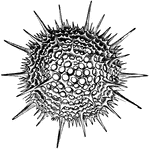Clipart tagged: ‘plankton’
Chaetognatha
Chaetognatha is a phylum of predatory marine worms that are a major component of plankton worldwide.…
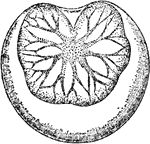
Noctiluca Scintillans
An illustration of the Noctiluca scintillans. Noctiluca scintillans, also published as Noctiluca miliaris,…
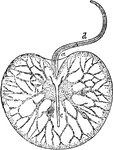
Aboral Side View of the Noctiluca Scintillans
An illustration of the aboral side view of the Noctiluca scintillans. Noctiluca scintillans, also published…

Lateral View of Noctiluca Scintillans
An illustration of the lateral view of the Noctiluca scintillans. Noctiluca scintillans, also published…
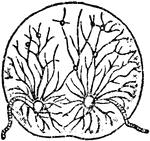
Stage One in the Fission of Noctiluca Scintillans
An illustration of the first stage of fission in the Noctiluca scintillans. Noctiluca scintillans, also…

Stage Two in the Fission of Noctiluca Scintillans
An illustration of the second stage of fission in the Noctiluca scintillans. Noctiluca scintillans,…

Young Stage of Noctiluca Scintillans
An illustration of the young stages of Noctiluca scintillans. Noctiluca scintillans, also published…
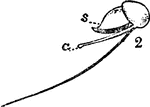
Young Stage of Noctiluca Scintillans
An illustration of the young stages of Noctiluca scintillans. Noctiluca scintillans, also published…

Noctilucales
An illustration of Noticulales with buds. The Noctilucales are a peculiar order of marine dinoflagellates.…
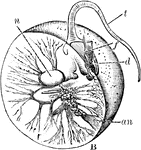
Noctilucales
An illustration of Noticulales in section: an, anus; d, denticle; f, flagellum; t, tentacle. The Noctilucales…
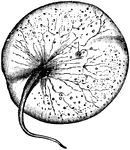
Noctilucales
The Noctilucales are a peculiar order of marine dinoflagellates. They differ from most others in that…
